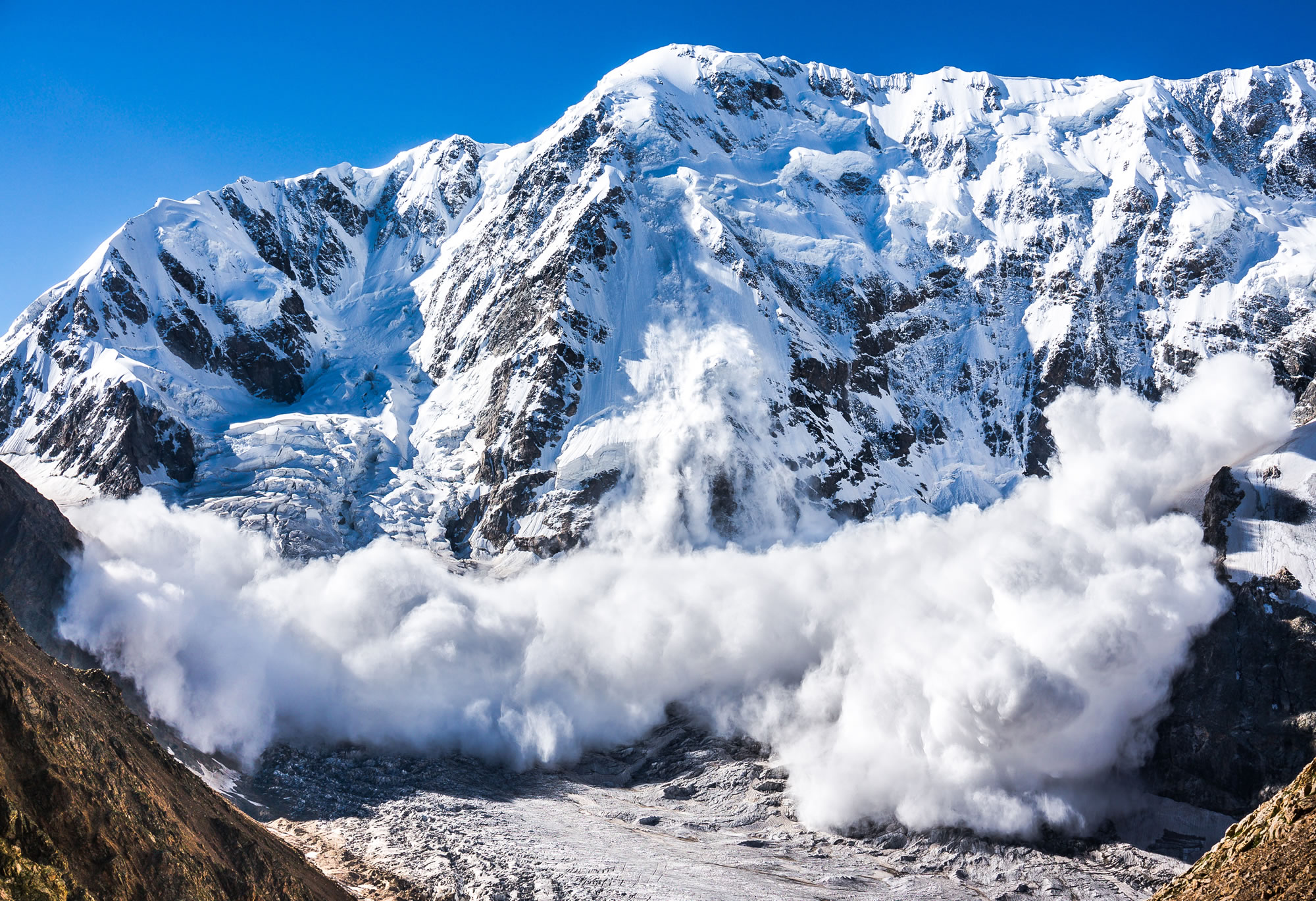It’s the time of year when avalanche risk is at its highest in BC’s alpine backcountry
The risk complicated this week’s search effort for a Nelson couple who failed to return from a ski trip near the summit of the Kootenay Pass. The climbing avalanche risk temporarily kept rescuers from their search. Fortunately, recent news reports that the couple has been found in good health.
So far this winter three people have died and several have been injured in BC avalanches. And just south of the border, three experienced back-country skiers were killed last Sunday when one of them triggered a deadly “slab” avalanche in the Cascade Mountains.
Avalanches pose a significant danger to backcountry enthusiasts who ski, snowboard, and snowmobile. The Canadian Avalanche Centre reports that from 1998 to 2007, an average of 14 lives were claimed each year by avalanches across the country. Today, snowmobiling has surpassed skiing as the backcountry activity resulting in the most fatalities.
Nearly three-quarters of avalanche fatalities occur from January to March.
Before setting out on a backcountry excursion, it’s important to have the knowledge and training needed to ensure you are making safe and smart decisions for the safety of yourself and the people touring with you. The Avalanche Skills Training program is recommended for anyone planning to enter the backcountry.
Having the appropriate gear is also critical when heading into the backcountry. The essentials include a transceiver, probe, shovel, and headlamp. Having these items readily available is the equivalent of wearing a seatbelt in the car. Transceivers enable those not buried by snow to follow signals to the general area of those buried. A probe enables a searcher to pinpoint someone so they don’t waste time digging.
Visit the Canadian Avalanche Centre to help you prepare before participating in back-country recreation.
Related News:
- Missing backcountry skiers found safe, CTV News







